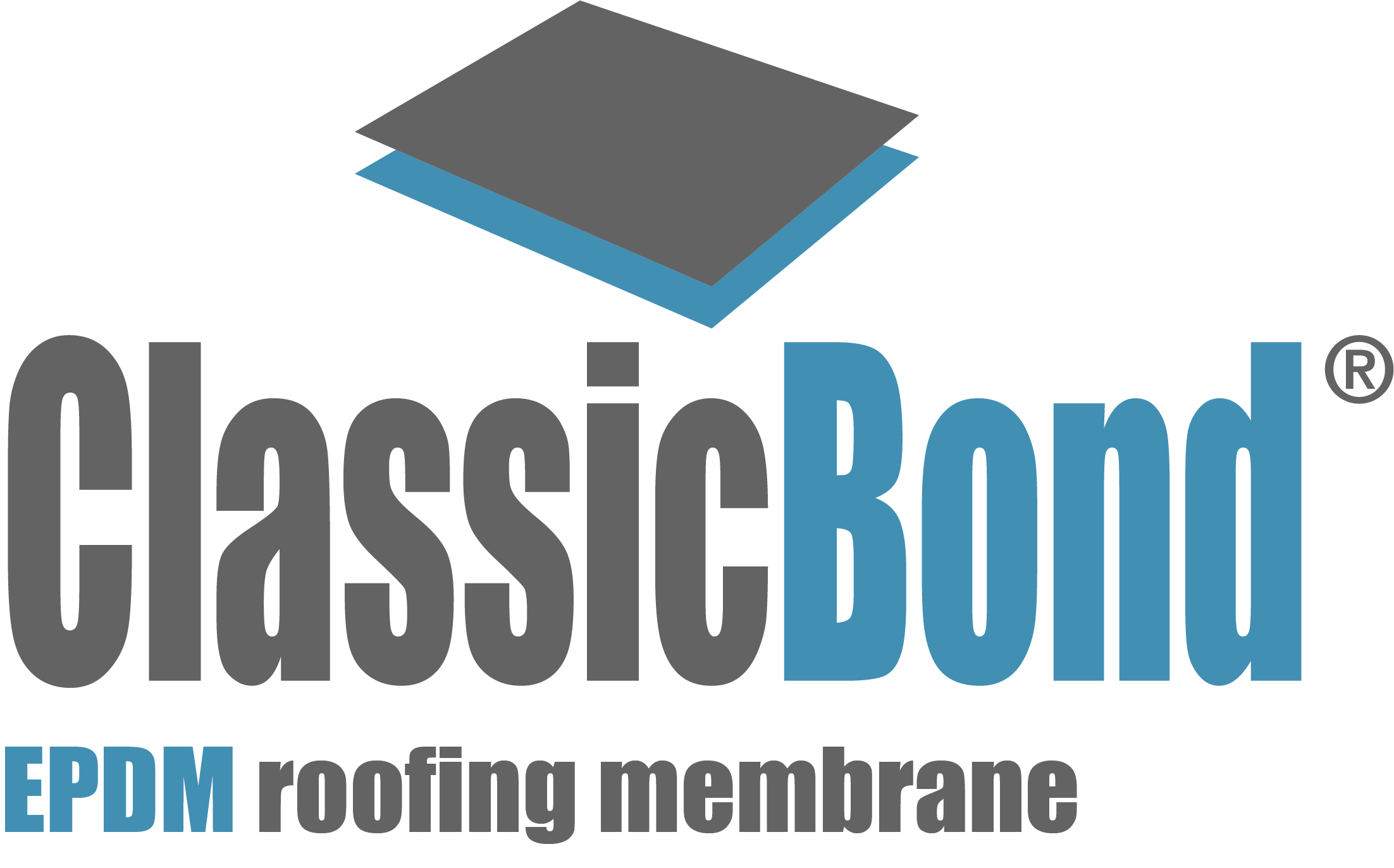General News
- New Diisocyanate Regulations – Professional User Training
- FLEX-R Update on COVID-19
- COVID-19 Update – Government Announcement
- Top 10 Reasons to Choose EPDM
- Fact & fiction of cool roofs
- Testing the system – by Duncan Winter of Flex-R
- Sustainable Roofing – it’s all about performance
- EPDM Lasts – this single ply is hard to beat
- EPDM Evolution in the Repair and Restoration of Aged EPDM Roof Systems
- Sustainability of EPDM
Registered Office: SIG Trading Limited, Adsetts House, 16 Europa View, Sheffield Business Park, Sheffield, S9 1XH. Registered in England No. 01451007 VAT No. GB 487 01733



Leave a Reply